Home>Furniture & Design>Outdoor Furniture>What To Clean Outdoor Furniture With
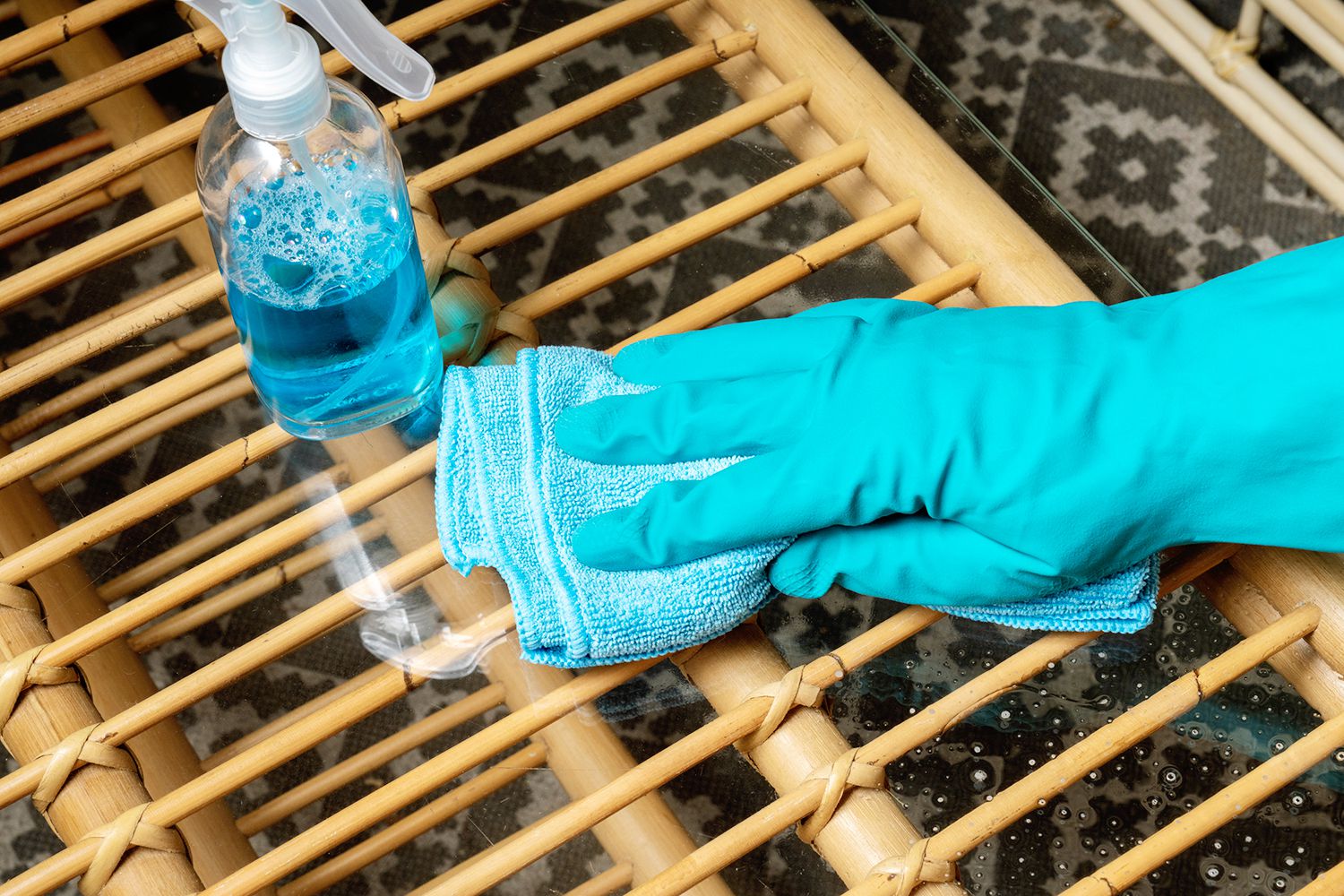

Outdoor Furniture
What To Clean Outdoor Furniture With
Modified: April 22, 2024
Discover the best ways to clean outdoor furniture with our expert tips and advice. Keep your outdoor furniture looking great and lasting longer with our helpful cleaning techniques.
(Many of the links in this article redirect to a specific reviewed product. Your purchase of these products through affiliate links helps to generate commission for Storables.com, at no extra cost. Learn more)
Introduction
Outdoor furniture can transform a mundane backyard into a cozy retreat or a lively entertainment space. Whether it’s a classic wooden set, a sleek metal ensemble, durable plastic pieces, or charming wicker furniture, each type adds its own unique charm to outdoor living spaces. However, exposure to the elements can take a toll on outdoor furniture, causing dirt, grime, and weather-related wear and tear. To keep your outdoor furniture looking its best and ensure its longevity, regular cleaning and maintenance are essential.
In this comprehensive guide, we will explore the best cleaning methods for various types of outdoor furniture. From general cleaning tips applicable to all furniture types to specific techniques for cleaning wood, metal, plastic, and wicker furniture, you’ll learn how to preserve the beauty and functionality of your outdoor oasis. By understanding the unique cleaning needs of each material, you can effectively revitalize your outdoor furniture and create an inviting outdoor space for relaxation, entertaining, and enjoying the beauty of nature.
Key Takeaways:
- Regular cleaning and maintenance are essential for preserving the beauty and functionality of outdoor furniture made from wood, metal, plastic, or wicker. Tailored cleaning methods help safeguard the unique characteristics of each material.
- By incorporating general cleaning tips and specific techniques for different types of outdoor furniture, you can ensure that your outdoor oasis remains an inviting and well-maintained retreat for relaxation, entertaining, and creating cherished memories with family and friends.
Read more: How To Clean Outdoor Furniture
Types of Outdoor Furniture
Outdoor furniture comes in a variety of materials, each offering its own blend of aesthetics, durability, and maintenance requirements. Understanding the characteristics of different types of outdoor furniture can help you choose the best pieces for your outdoor space and ensure that they remain in top condition for years to come.
- Wooden Outdoor Furniture: Timeless and versatile, wooden outdoor furniture, such as teak, cedar, or eucalyptus, adds a natural, rustic charm to outdoor settings. It requires regular maintenance to preserve its appearance and structural integrity.
- Metal Outdoor Furniture: Sleek and modern, metal furniture, including aluminum, steel, and wrought iron, offers durability and a contemporary aesthetic. However, it is susceptible to rust and may require protective coatings.
- Plastic Outdoor Furniture: Lightweight, affordable, and available in various colors and designs, plastic furniture is easy to clean and resistant to moisture and fading. It is a practical option for casual outdoor settings.
- Wicker Outdoor Furniture: Woven from natural or synthetic materials, wicker furniture exudes a charming, traditional appeal. It requires gentle care to prevent damage to the woven fibers.
Each type of outdoor furniture has its own maintenance requirements, and understanding how to clean and care for these materials is essential for preserving their beauty and functionality. By learning the specific cleaning techniques for each type of furniture, you can enjoy a well-maintained outdoor living space that reflects your personal style and enhances your outdoor experiences.
General Cleaning Tips
Before delving into the specific cleaning methods for different types of outdoor furniture, there are several general cleaning tips that apply to all materials. These tips will help you maintain the overall cleanliness and condition of your outdoor furniture, regardless of the material it’s made from.
- Regular Dusting: Use a soft-bristled brush or a microfiber cloth to regularly remove dust, pollen, and debris from the surfaces of your outdoor furniture. This simple practice prevents the buildup of grime and maintains the furniture’s appearance.
- Mild Cleaning Solution: Prepare a gentle cleaning solution by mixing mild dish soap or a specialized outdoor furniture cleaner with water. Avoid harsh chemicals or abrasive cleaners that can damage the furniture’s finish.
- Spot Cleaning: Address spills and stains promptly by spot cleaning the affected areas with a damp cloth and the mild cleaning solution. This prevents stains from setting and becoming more challenging to remove.
- Routine Inspections: Regularly inspect your outdoor furniture for signs of wear, rust, mold, or any other damage. Addressing issues early can prevent them from escalating and extend the lifespan of your furniture.
- Protective Covers: When not in use, consider covering your outdoor furniture with protective covers to shield it from the elements and minimize the need for frequent cleaning.
- Seasonal Maintenance: At the beginning and end of each outdoor season, perform a thorough cleaning and inspection of your furniture to prepare it for storage or ensure its readiness for the upcoming season.
By incorporating these general cleaning tips into your outdoor furniture maintenance routine, you can proactively preserve the cleanliness, appearance, and structural integrity of your outdoor furniture. These practices form the foundation for the specific cleaning techniques tailored to different types of outdoor furniture, ensuring that each piece remains inviting and functional throughout the year.
Cleaning Outdoor Wood Furniture
Wooden outdoor furniture, such as teak, cedar, or eucalyptus pieces, adds a warm, natural aesthetic to outdoor spaces. To maintain the beauty and durability of wood furniture, regular cleaning and proper maintenance are essential. Follow these steps to effectively clean and preserve your outdoor wood furniture:
- Remove Surface Debris: Begin by using a soft-bristled brush or a microfiber cloth to gently remove surface debris, such as dust, pollen, and leaves, from the furniture’s surfaces and crevices.
- Gentle Cleaning Solution: Prepare a mild cleaning solution by combining a small amount of gentle dish soap or a specialized wood cleaner with warm water. Avoid using harsh chemicals or abrasive cleaners that can damage the wood.
- Scrubbing and Rinsing: Dip a soft brush or a sponge into the cleaning solution and gently scrub the wood surfaces, paying attention to any stubborn stains or areas with built-up grime. Once cleaned, rinse the furniture thoroughly with clean water to remove any soapy residue.
- Deep Cleaning (if needed): For heavily soiled or weathered wood furniture, consider using a commercial wood cleaner or a wood brightener to restore its natural luster. Follow the manufacturer’s instructions for application and usage.
- Sealing and Protecting: After cleaning and allowing the wood to dry completely, consider applying a high-quality wood sealer or protective finish to safeguard the furniture from moisture, UV rays, and other environmental factors. This step helps maintain the wood’s appearance and prolong its lifespan.
- Maintenance and Refinishing: Periodically inspect the wood furniture for signs of wear, such as cracks, splinters, or discoloration. Sand any rough areas, apply touch-up paint or sealant as needed, and consider refinishing the furniture to keep it looking fresh and vibrant.
By following these cleaning and maintenance steps, you can ensure that your outdoor wood furniture retains its natural beauty and remains a focal point of your outdoor living space. Regular care and attention to detail will help you enjoy the timeless appeal of wooden furniture for years to come.
Mix a solution of mild soap and water to clean outdoor furniture. Use a soft brush to scrub the surface, then rinse with a hose. For stubborn stains, use a mixture of water and white vinegar.
Cleaning Outdoor Metal Furniture
Metal outdoor furniture, including aluminum, steel, and wrought iron pieces, offers durability and a sleek, modern aesthetic to outdoor settings. To maintain the visual appeal and structural integrity of metal furniture, regular cleaning and maintenance are essential. Follow these steps to effectively clean and preserve your outdoor metal furniture:
- Surface Dusting: Begin by using a soft-bristled brush or a microfiber cloth to remove surface dust, dirt, and debris from the metal furniture. Pay attention to intricate designs, crevices, and any areas where dirt may accumulate.
- Mild Cleaning Solution: Prepare a gentle cleaning solution by mixing mild dish soap or a specialized metal cleaner with warm water. Avoid using abrasive cleaners or harsh chemicals that can damage the metal finish.
- Spot Cleaning: Address any spots, stains, or areas with built-up grime by spot cleaning with the mild cleaning solution and a soft cloth or sponge. Gently scrub the affected areas to lift the stains without scratching the metal surface.
- Rust Removal: For metal furniture prone to rust, such as wrought iron, use a rust remover or a mixture of equal parts water and white vinegar to treat rust spots. Apply the solution to the affected areas, let it sit for a few minutes, then gently scrub with a soft brush or steel wool.
- Rinsing and Drying: After cleaning, rinse the metal furniture thoroughly with clean water to remove any soapy residue. Use a clean, dry cloth to wipe the furniture dry and prevent water spots or streaks from forming on the metal surfaces.
- Protective Coatings: Consider applying a protective wax or metal sealant to the furniture to create a barrier against moisture, oxidation, and UV damage. This step helps preserve the metal finish and prolongs the furniture’s lifespan.
By following these cleaning and maintenance steps, you can ensure that your outdoor metal furniture retains its luster and structural integrity, enhancing the appeal of your outdoor living space. Regular care and attention to detail will help you enjoy the timeless beauty and durability of metal furniture for years to come.
Read more: How To Clean Outdoor Furniture
Cleaning Outdoor Plastic Furniture
Plastic outdoor furniture is a popular choice for its affordability, durability, and low maintenance requirements. Whether it’s a vibrant Adirondack chair or a sleek dining set, plastic furniture adds a casual and practical touch to outdoor living spaces. To keep your outdoor plastic furniture looking its best, follow these simple cleaning steps:
- Basic Cleaning: Start by wiping down the plastic furniture with a soft cloth or sponge dampened with a mild cleaning solution. This solution can be a mixture of gentle dish soap and warm water or a specialized plastic furniture cleaner. Avoid using abrasive cleaners or rough materials that can scratch the plastic surface.
- Spot Treatment: Address any stubborn stains or spots by spot cleaning with a soft brush or cloth and the mild cleaning solution. Gently scrub the affected areas to lift the stains without damaging the plastic material.
- Bleach Solution (if needed): For white plastic furniture that has become discolored or stained, a solution of 1 part bleach to 1 part water can be used to restore its brightness. Apply the solution to the affected areas, allow it to sit for a few minutes, then rinse thoroughly with clean water.
- Rinsing and Drying: After cleaning, rinse the plastic furniture with clean water to remove any soapy residue. Use a clean, dry cloth to wipe the furniture dry and prevent water spots or streaks from forming on the plastic surfaces.
- UV Protection: To prevent fading and discoloration caused by sun exposure, consider applying a UV-resistant plastic protectant or wax to the furniture. This step helps maintain the vibrancy of colored plastic furniture and extends its lifespan.
- Storage and Covering: When not in use, consider storing your plastic furniture indoors or covering it with protective tarps or furniture covers to shield it from the elements and minimize the need for frequent cleaning.
By following these cleaning and maintenance steps, you can ensure that your outdoor plastic furniture remains vibrant and resilient, providing long-lasting comfort and functionality in your outdoor living space. With minimal effort, you can keep your plastic furniture looking fresh and inviting for years to come.
Cleaning Outdoor Wicker Furniture
Outdoor wicker furniture, whether crafted from natural rattan or synthetic materials, adds a charming and inviting touch to outdoor living spaces. To keep your wicker furniture looking its best and ensure its longevity, regular cleaning and proper maintenance are essential. Follow these steps to effectively clean and preserve your outdoor wicker furniture:
- Dust Removal: Begin by using a soft brush or a vacuum cleaner with a brush attachment to gently remove dust, dirt, and debris from the wicker surfaces, crevices, and weave patterns. This step prevents the accumulation of grime and maintains the furniture’s appearance.
- Mild Cleaning Solution: Prepare a gentle cleaning solution by mixing mild dish soap or a specialized wicker cleaner with warm water. Avoid using harsh chemicals or abrasive cleaners that can damage the wicker material.
- Spot Cleaning: Address any spills, stains, or areas with built-up grime by spot cleaning with a soft brush or cloth and the mild cleaning solution. Gently scrub the affected areas, taking care not to unravel or damage the wicker weave.
- Rinsing and Drying: After cleaning, rinse the wicker furniture with clean water to remove any soapy residue. Use a clean, dry cloth to pat the furniture dry, paying attention to remove moisture from the weave and crevices to prevent mold or mildew growth.
- Protection from the Elements: To shield outdoor wicker furniture from moisture and sun exposure, consider applying a coat of clear lacquer or polyurethane to the surfaces. This protective layer helps preserve the wicker’s natural color and resilience.
- Seasonal Maintenance: Periodically inspect the wicker furniture for signs of wear, loose strands, or any damage to the weave. Secure any loose ends, trim protruding strands, and consider applying a fresh coat of protective finish to maintain the furniture’s appearance.
By following these cleaning and maintenance steps, you can ensure that your outdoor wicker furniture retains its charm and durability, enhancing the ambiance of your outdoor living space. With proper care, your wicker furniture will continue to provide a cozy and inviting retreat for relaxation and entertainment.
Conclusion
Outdoor furniture serves as the cornerstone of outdoor living spaces, offering comfort, style, and functionality for relaxation, social gatherings, and enjoying the beauty of nature. Regardless of the material—whether it’s wood, metal, plastic, or wicker—each type of outdoor furniture requires regular cleaning and maintenance to preserve its beauty and structural integrity. By understanding the unique cleaning needs of each material, you can effectively revitalize your outdoor furniture and create an inviting outdoor space for year-round enjoyment.
From the timeless appeal of wooden furniture to the modern durability of metal pieces, the casual practicality of plastic ensembles, and the charming allure of wicker designs, outdoor furniture comes in a variety of styles and materials to suit diverse preferences and outdoor settings. By incorporating general cleaning tips, such as regular dusting, mild cleaning solutions, and protective measures, you can maintain the overall cleanliness and condition of your outdoor furniture, ensuring its longevity and visual appeal.
When it comes to specific cleaning techniques, understanding the nuances of caring for outdoor wood, metal, plastic, and wicker furniture is crucial. Whether it’s applying protective sealants to wooden surfaces, removing rust from metal pieces, preventing fading on plastic furniture, or preserving the intricate weave patterns of wicker ensembles, tailored cleaning methods help safeguard the beauty and functionality of each type of outdoor furniture.
By following the recommended cleaning and maintenance steps for outdoor furniture, you can ensure that your outdoor oasis remains an inviting and well-maintained retreat for relaxation, entertaining, and creating cherished memories with family and friends. With attention to detail and a commitment to regular care, your outdoor furniture will continue to enhance the ambiance of your outdoor living spaces, reflecting your personal style and providing enduring comfort and enjoyment.
Embracing the art of outdoor furniture care not only preserves the aesthetic appeal of your outdoor space but also contributes to the longevity of your investment, allowing you to savor the pleasures of outdoor living for years to come.
Frequently Asked Questions about What To Clean Outdoor Furniture With
Was this page helpful?
At Storables.com, we guarantee accurate and reliable information. Our content, validated by Expert Board Contributors, is crafted following stringent Editorial Policies. We're committed to providing you with well-researched, expert-backed insights for all your informational needs.
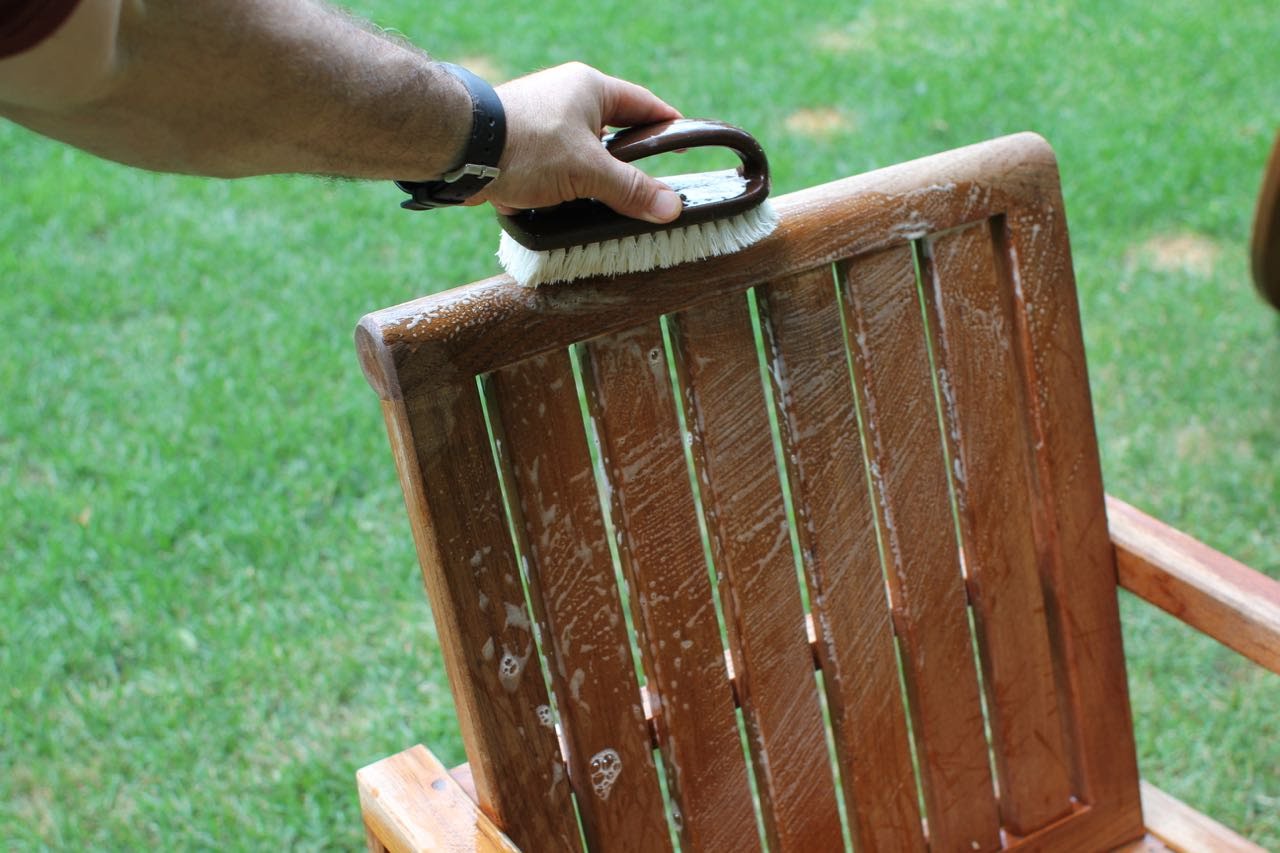
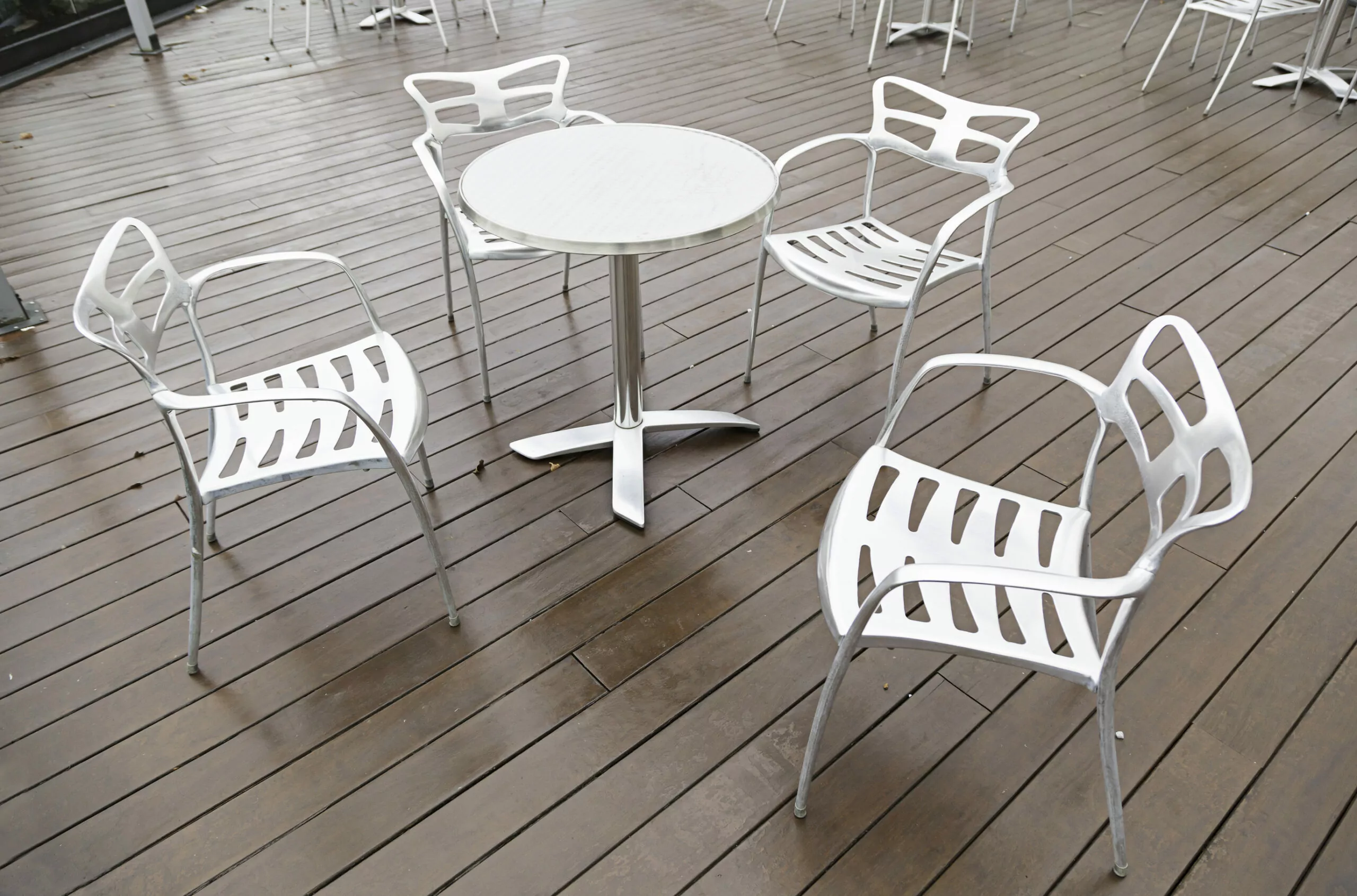
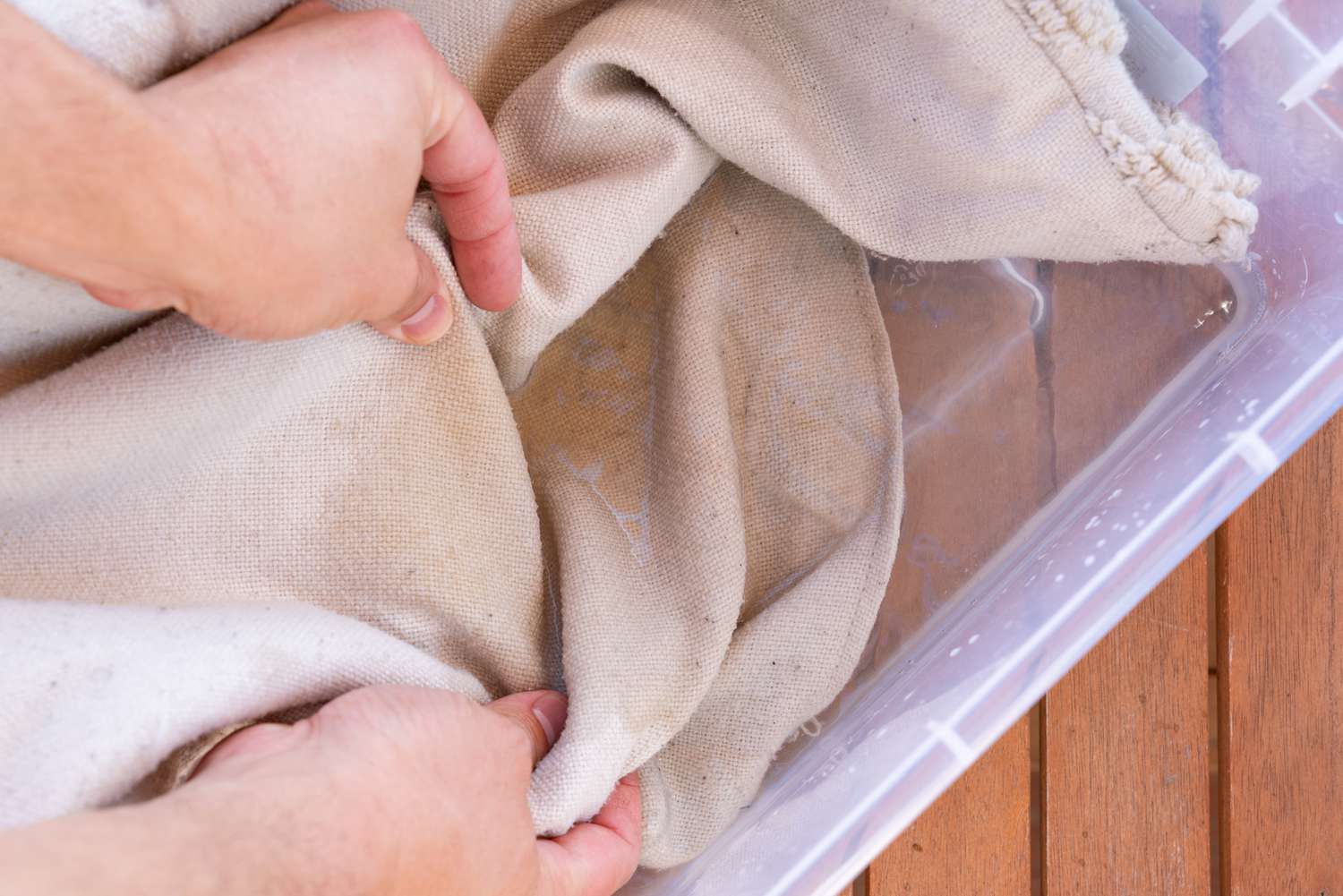
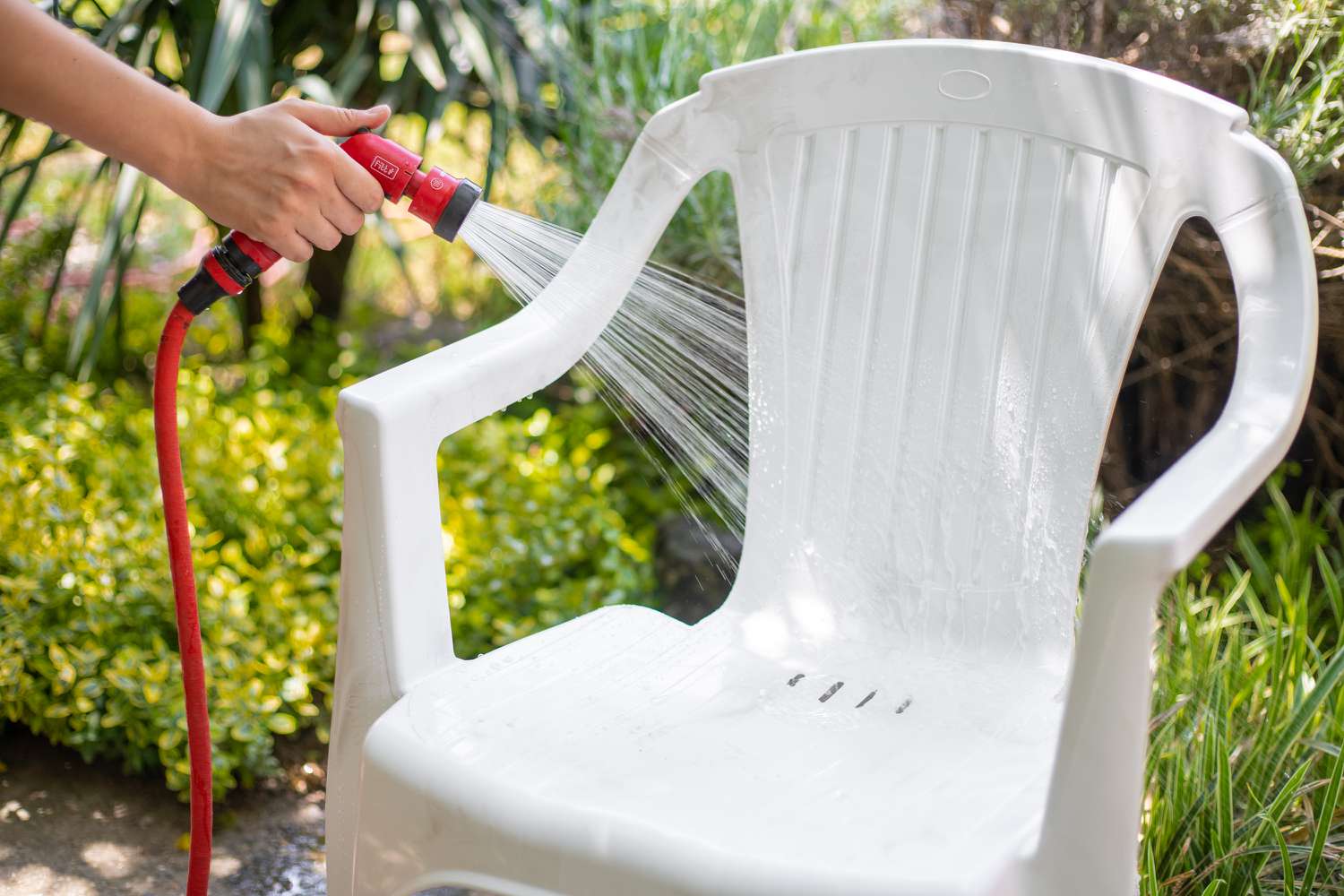
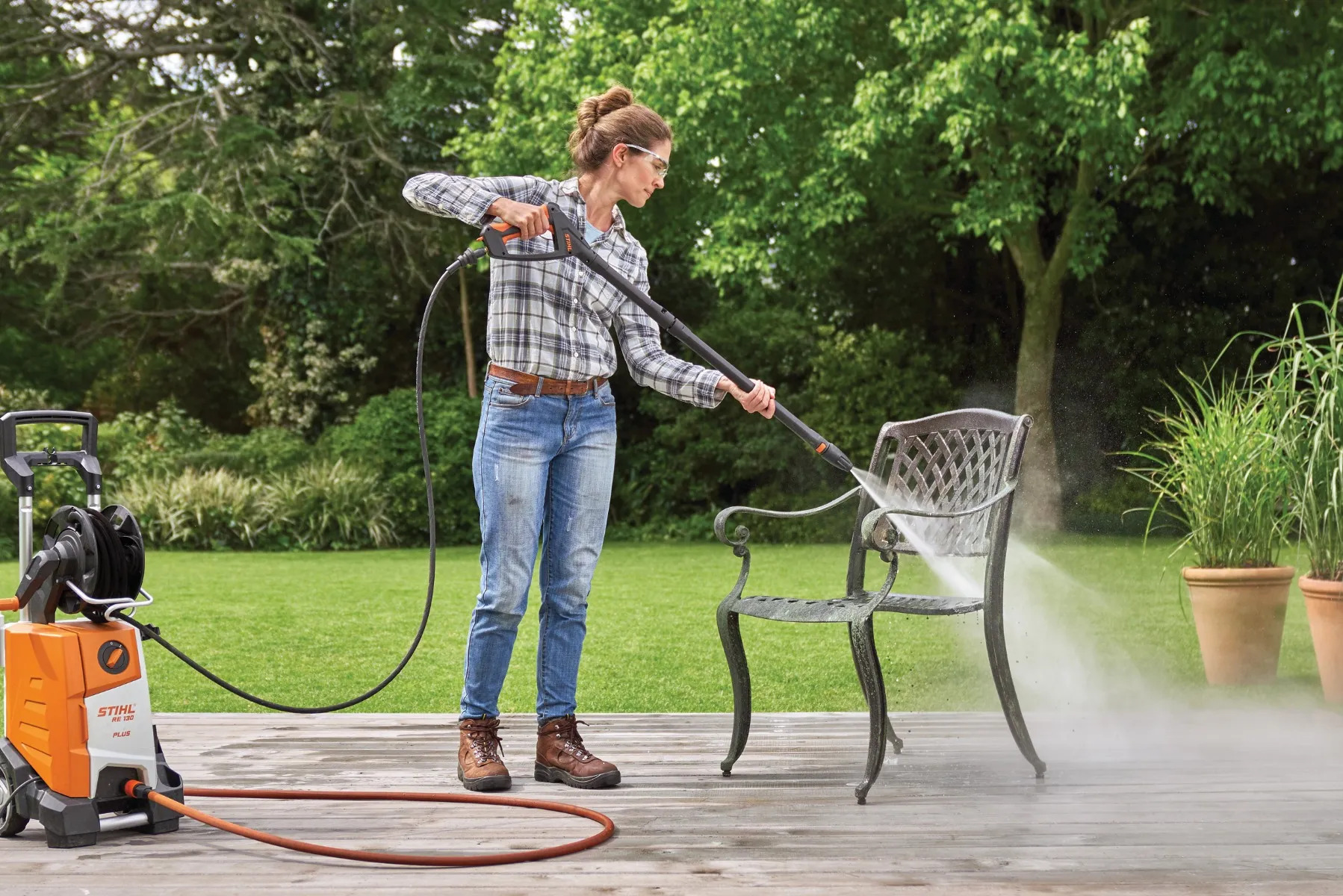
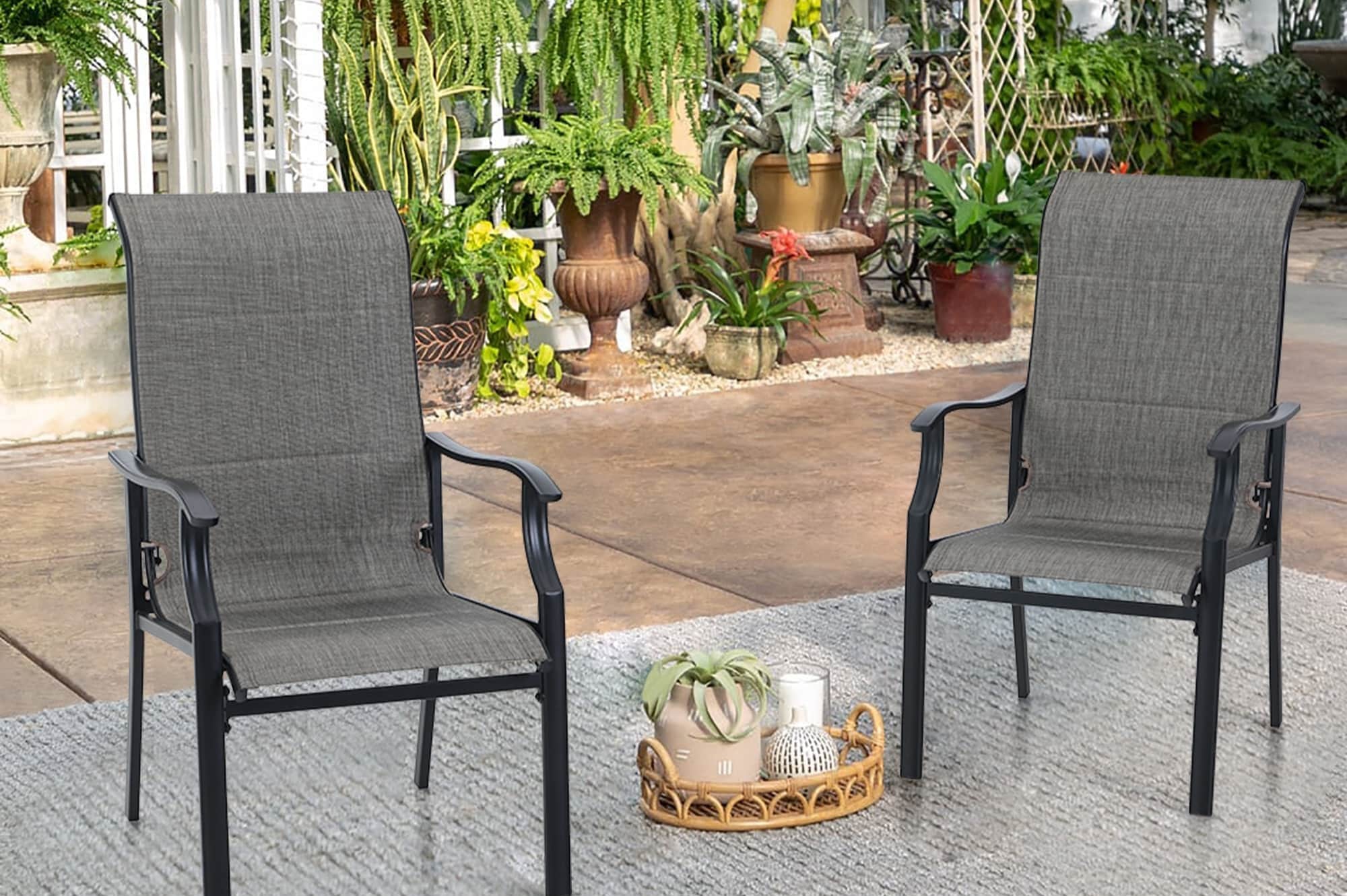
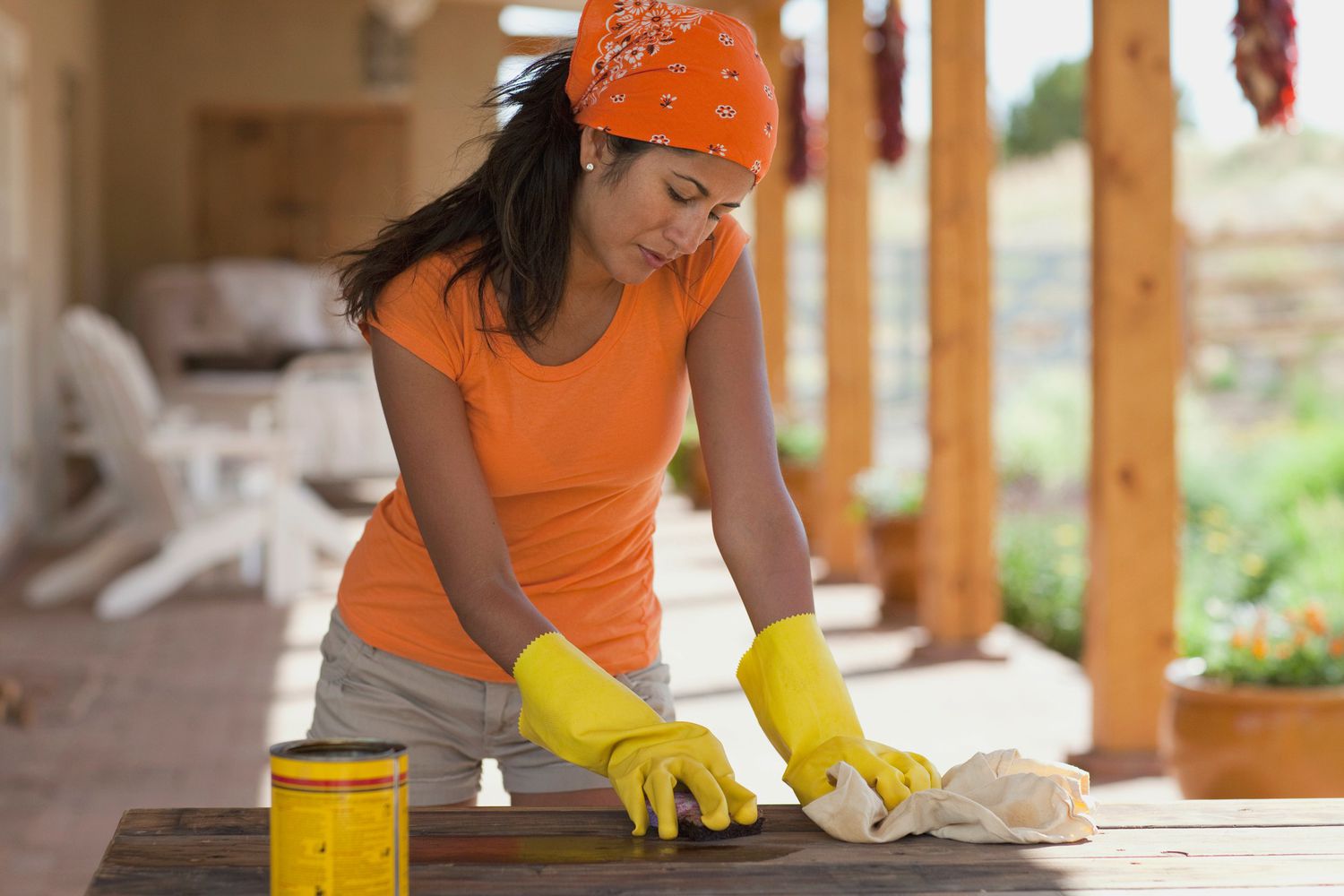
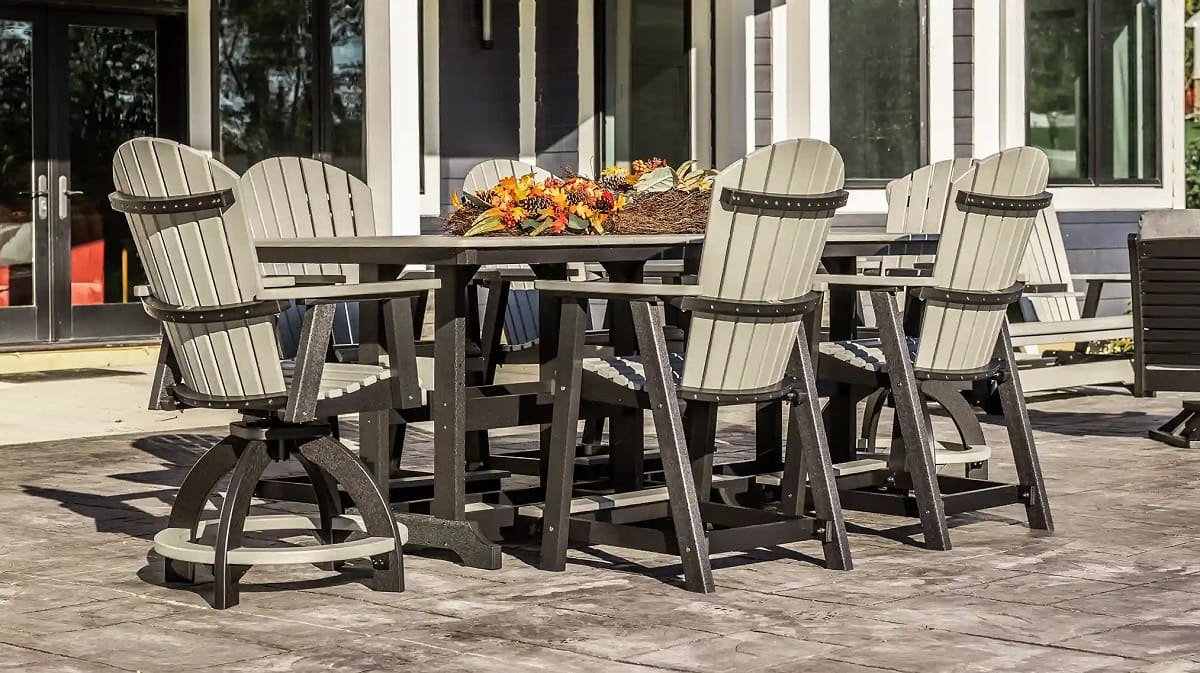
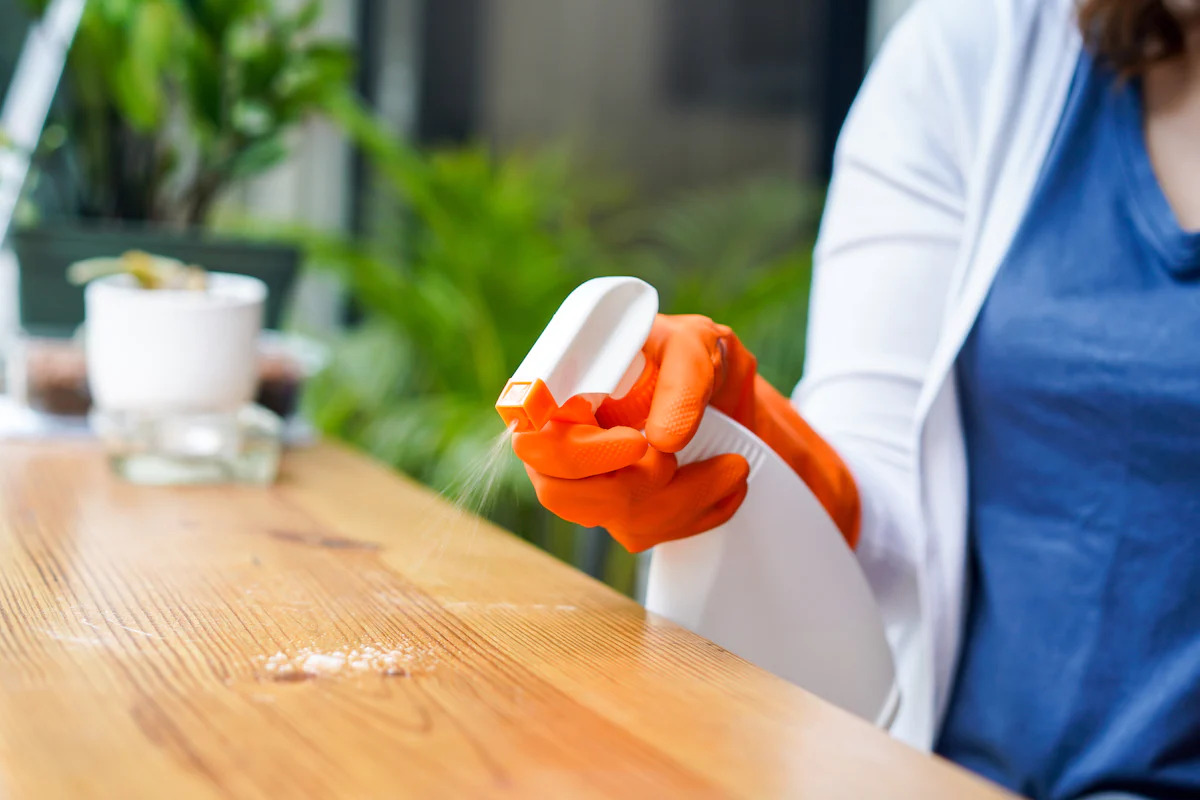
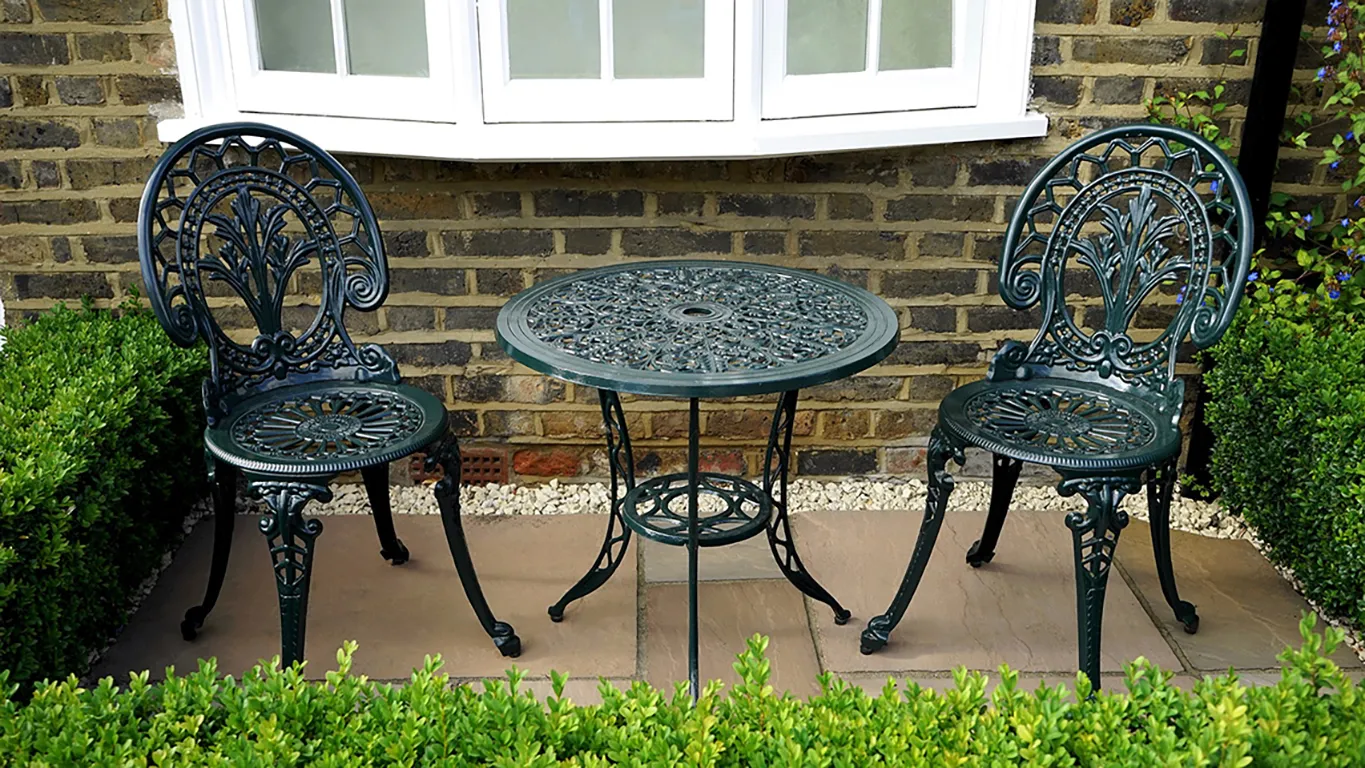
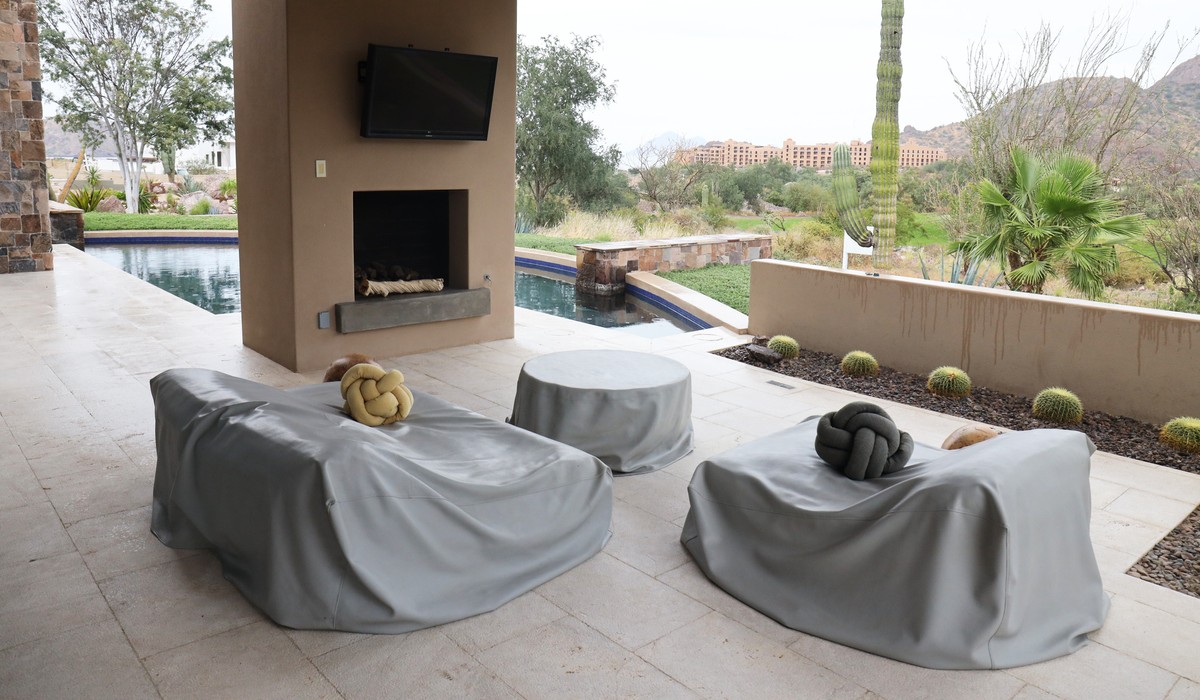
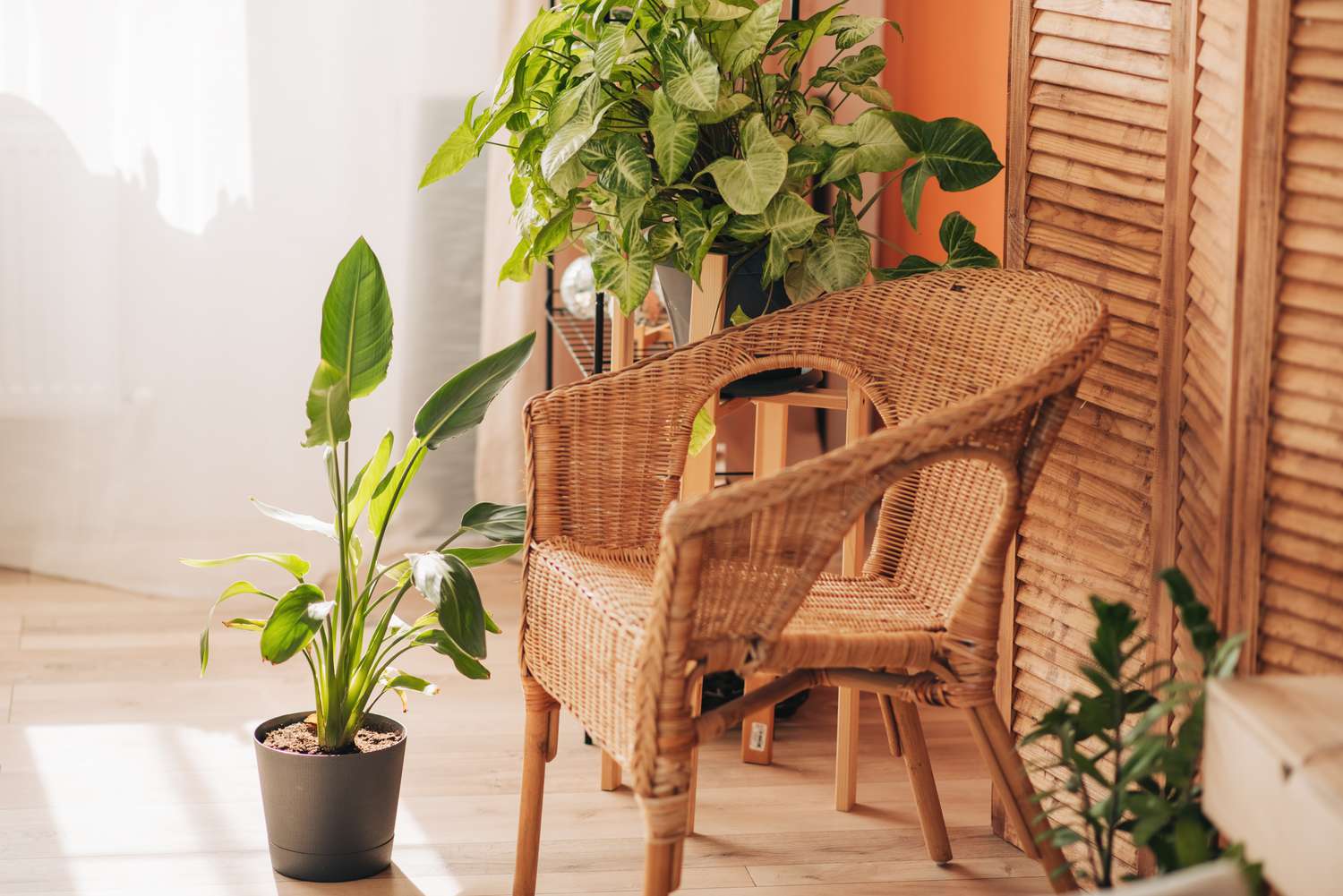
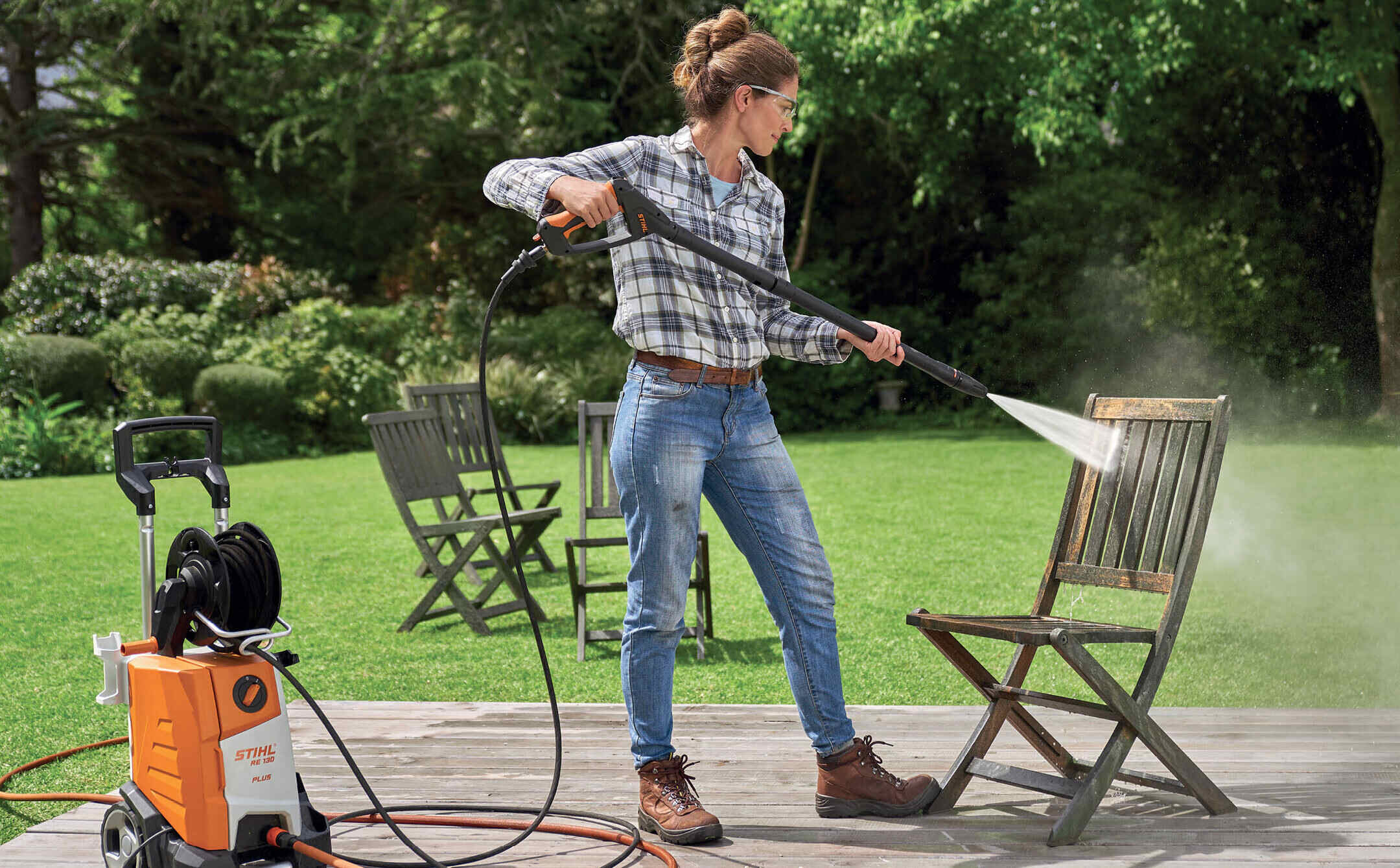
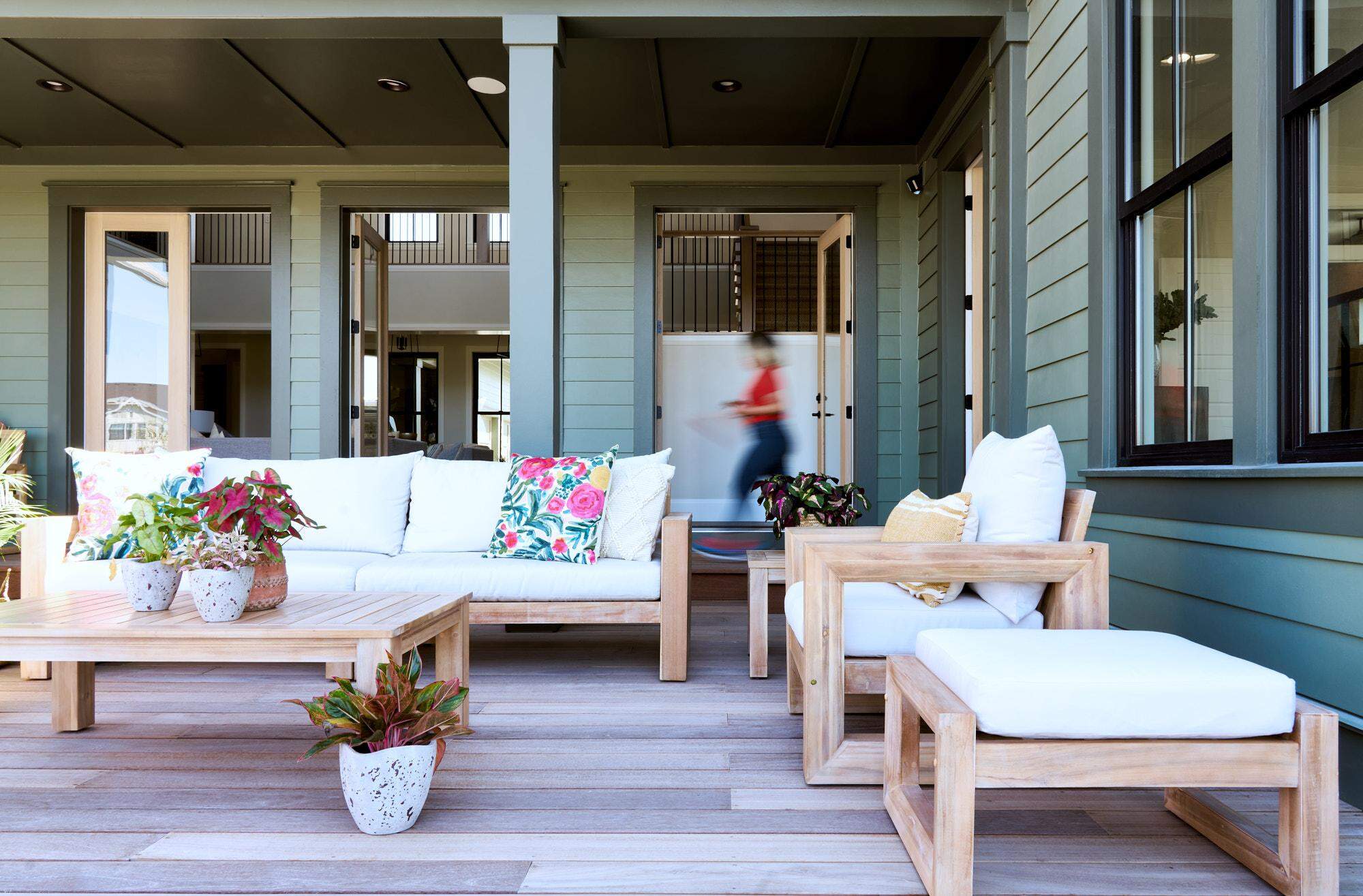

0 thoughts on “What To Clean Outdoor Furniture With”